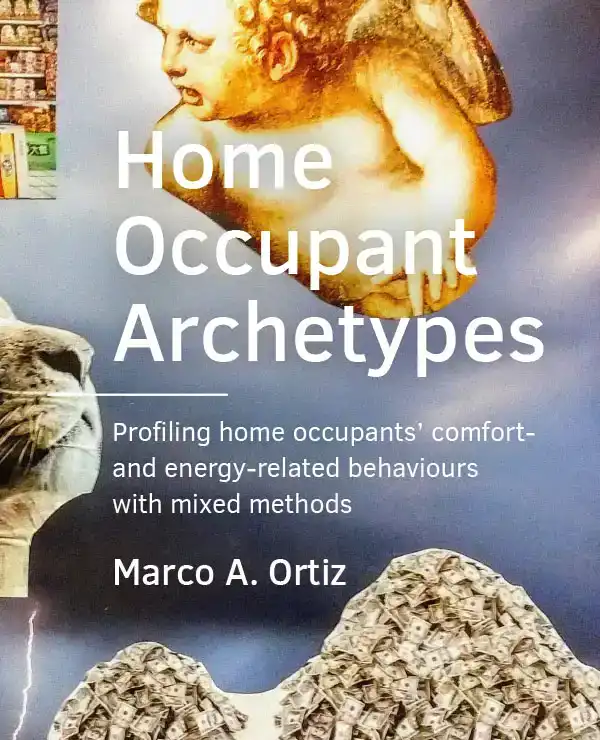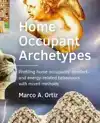- Engels
- Pockets
- kunst algemeen
- bouwkunst, archit.
- HOME -OCCUPANT ARCHETYPES
ORTIZ, MARCO A.
HOME -OCCUPANT ARCHETYPES
29,95incl BTW
Vertrouwd sinds 1927
Persoonlijke aandacht en advies
Vanaf 17,50 gratis verzenden NL & BE
Meer dan 150.000 artikelen online
Omschrijving HOME -OCCUPANT ARCHETYPES
This research aimed at understanding how occupants use energy in their homes to make themselves feel more comfortable. This was done to propose customized environmental characteristics that could improve the occupants'' comfort while reducing energy
consumption. To conceptualize such bespoke environmental features, occupant archetypes were produced based on the occupants'' intentions and motivations behind comfort behaviours.
A mixed-methods human-centered design approach was developed
for which four steps were required:
1- development of a specialized questionnaire;
2- administration of the questionnaire and statistical clustering of respondent;
3- field visits with indoor environmental monitoring and building dat
a gathering;
4- focus groups to find out the meaning of using energy and of an ideal comfortable home for each archetypal occupant.
Both qualitative and quantitative data were used to complete the statistical clusters, in order to
de
velop the five final archetypes that are summarized as follows:
Restrained Conventionals are conservative users and concerned about finances, need home openness, social interaction, but also privacy. Incautious Realists, need modularity of t
he home spaces, to have a feeling of safety.
The Positive Savers need spaces and surfaces that allow for cleanliness and orderliness and have energy frugal tendencies.
The Sensitive Waster pays attention to the indoor climate, tactile sensati
ons, and need to have the feeling of freedom in their house, while being a high energy spender.
Vulnerable Pessimists emphasise owning a visually aesthetic house, while wanting smart technologies in it; they also appreciate the sense of community
and belonging to the neighbourhood.
consumption. To conceptualize such bespoke environmental features, occupant archetypes were produced based on the occupants'' intentions and motivations behind comfort behaviours.
A mixed-methods human-centered design approach was developed
for which four steps were required:
1- development of a specialized questionnaire;
2- administration of the questionnaire and statistical clustering of respondent;
3- field visits with indoor environmental monitoring and building dat
a gathering;
4- focus groups to find out the meaning of using energy and of an ideal comfortable home for each archetypal occupant.
Both qualitative and quantitative data were used to complete the statistical clusters, in order to
de
velop the five final archetypes that are summarized as follows:
Restrained Conventionals are conservative users and concerned about finances, need home openness, social interaction, but also privacy. Incautious Realists, need modularity of t
he home spaces, to have a feeling of safety.
The Positive Savers need spaces and surfaces that allow for cleanliness and orderliness and have energy frugal tendencies.
The Sensitive Waster pays attention to the indoor climate, tactile sensati
ons, and need to have the feeling of freedom in their house, while being a high energy spender.
Vulnerable Pessimists emphasise owning a visually aesthetic house, while wanting smart technologies in it; they also appreciate the sense of community
and belonging to the neighbourhood.
Specificaties
- MerkBK Books
- GroepKUNST ALGEMEEN (640)
- Barcode9789463662345
- LeverstatusActief
Reviews
0.0/5.0
Gemiddelde uit 0 reviews
Meest behulpzame reviews
Nog geen reviews geschreven


